Gazing Across the Sea into Japan’s Past
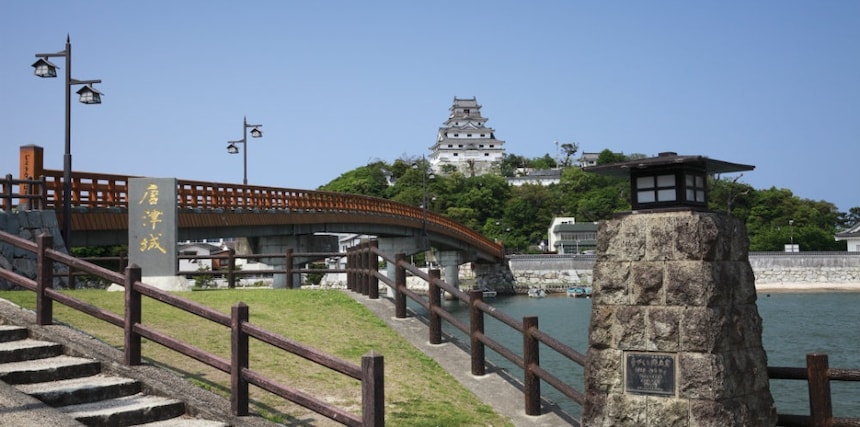
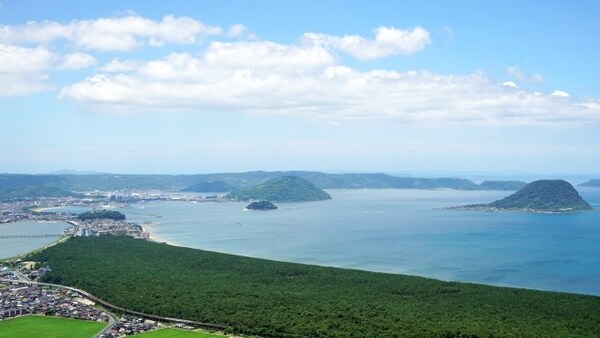
Just in front of the statue, Kagamiyama Observatory is an excellent vantage point for surveying the heart of Karatsu. Along the coast, the Nijinomatsubara Pine Grove forms a nearly five-kilometer-long band of dark green with about a million trees, planted over four centuries ago to ward off the wind and tides.
Perched on a small hill near the grove, Karatsu Castle exhibits pottery, artifacts, armor and swords, and invites visitors to imagine a samurai’s perspective of the land stretching out below.
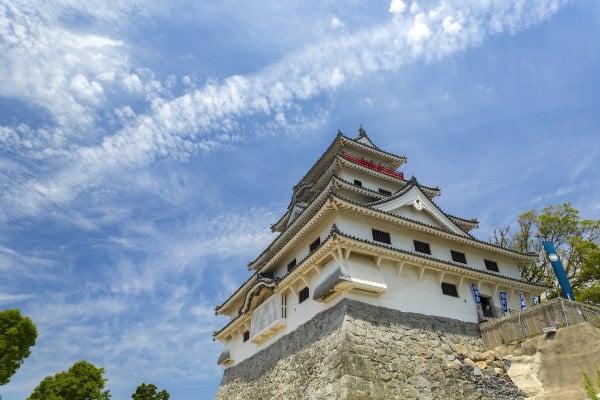
The Genkai Sea washes Karatsu’s coastline, and the Genkai Submarine Observatory, located on Cape Hado, offers a glimpse of life below the swirling waters. Visitors can enter a tower set in the sea and take a spiral staircase down to a circular chamber with portholes that reveal the surrounding ocean and numerous varieties of sea life.
The cape is also a resort area offering opportunities for hiking, fishing, camping, swimming and more. Food stalls cooking up fresh-caught shellfish on the beach, including abalone and turban shells (sazae), are not to be missed.
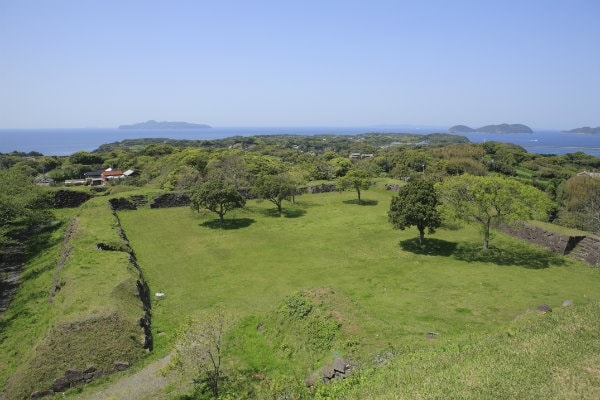
A short drive away from Cape Hado is the Saga Prefectural Nagoya Castle Museum and Castle Ruins. Only stone walls remain of Nagoya Castle, which served as an important staging ground in Kyushu in the late 1500s.
According to its deputy curator, the museum was built to promote friendship and exchanges between Korea and Japan. Its main theme is the history of such exchanges from ancient times. One example is the local pottery known as Karatsu-yaki on display there, which has its origins in technology attributed to master potters coming from Korea in the late 16th century.
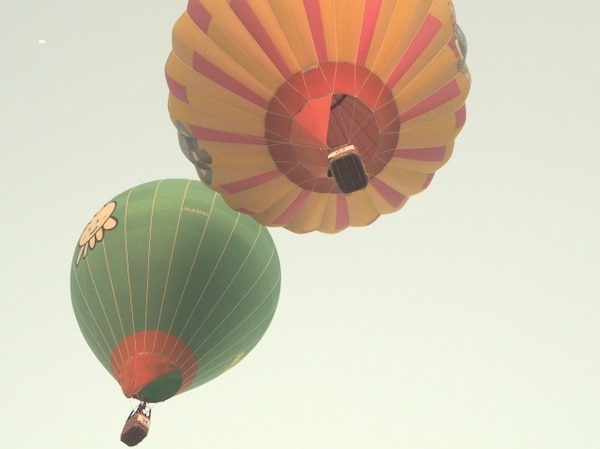
While Saga offers plenty to see and do throughout the year, Fumio Beppu, assistant director of the Saga Prefectural Tourism Federation, encourages visitors to experience Saga’s famous festivals in early November.
Held from November 2 to 4, the Karatsu Kunchi Festival, said to date back to the late 16th century, features 14 brightly colored floats in shapes such as sea bream and dragons parading through the city, each molded out of sheets of washi (Japanese paper), lacquer, and gold and silver leaf.
Also in early November, over 100 hot-air balloons take to Saga City’s skies during one of the Asia’s biggest international hot-air balloon festivals.
Read full story: www.gov-online.go.jp



